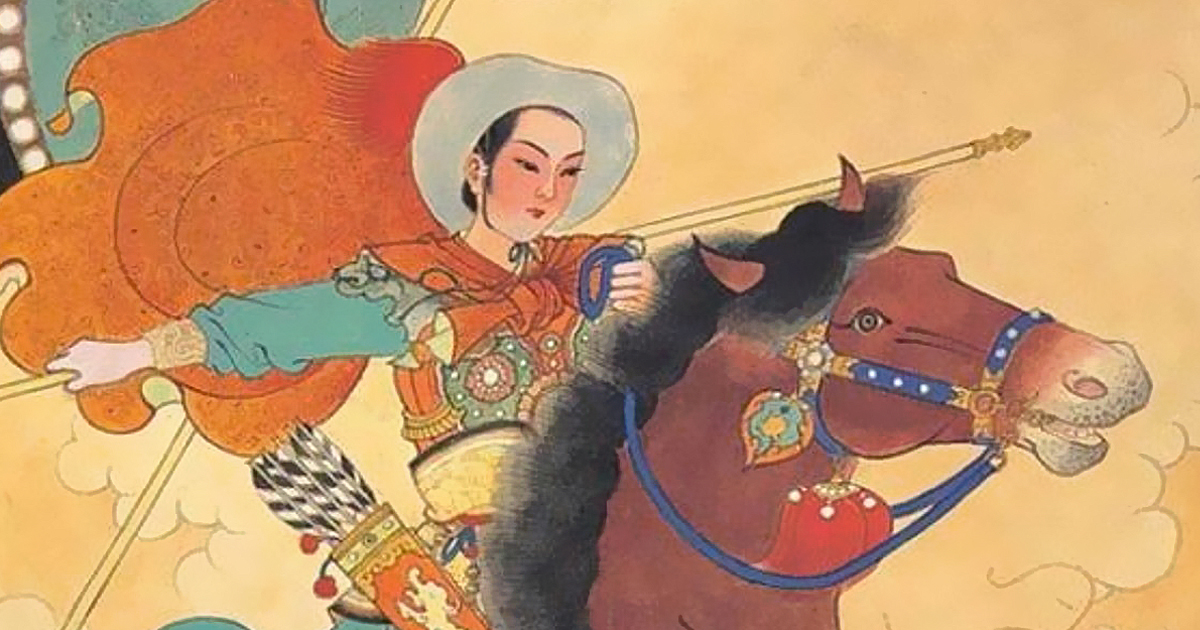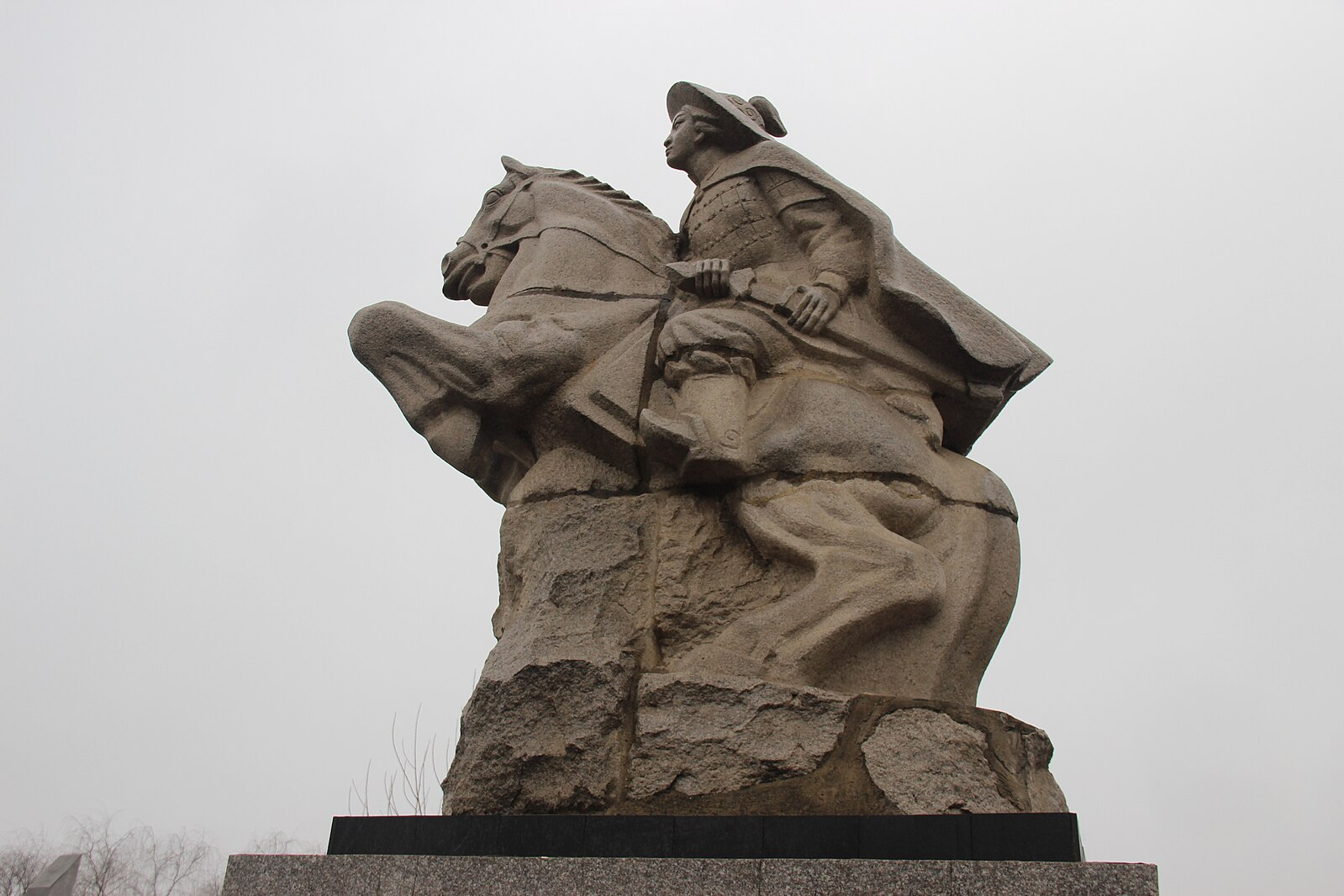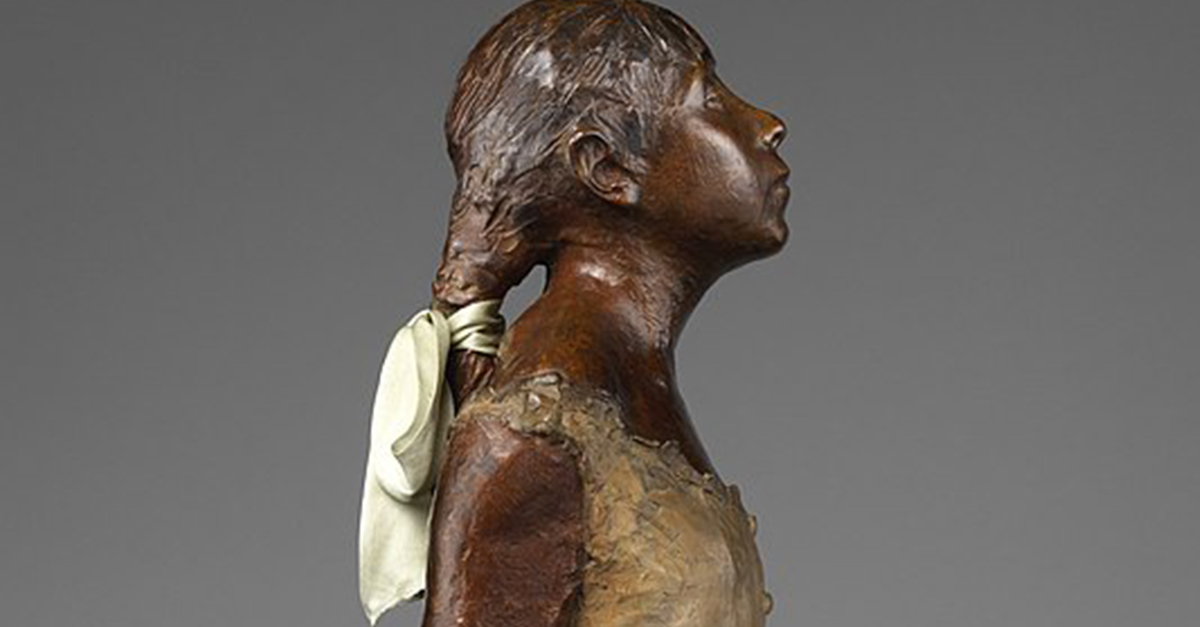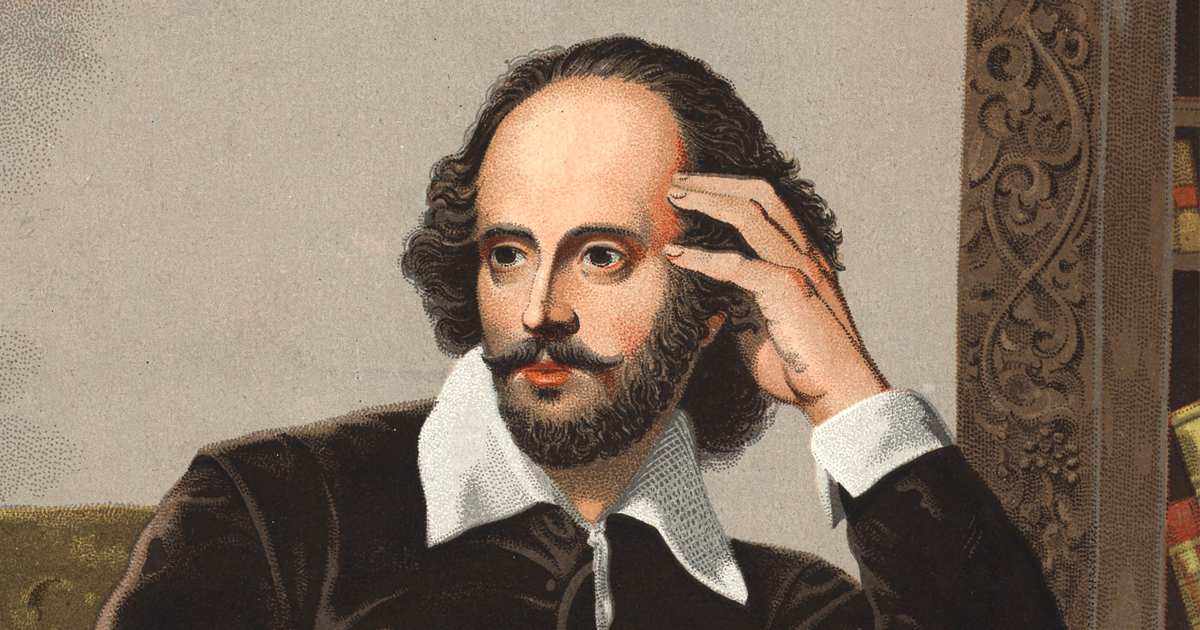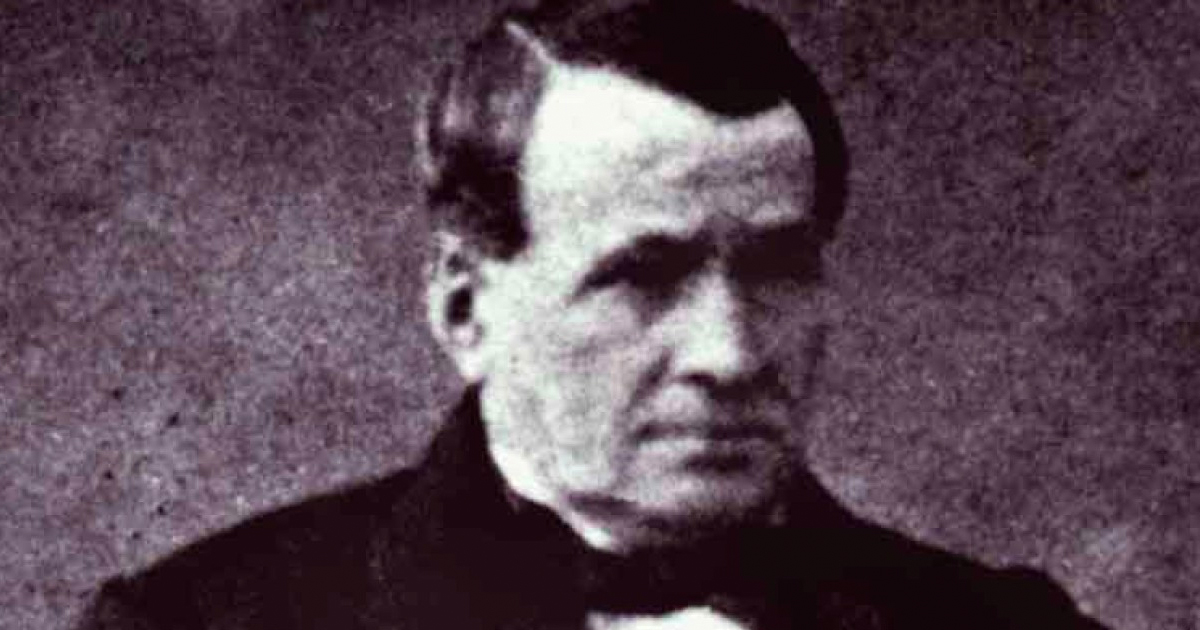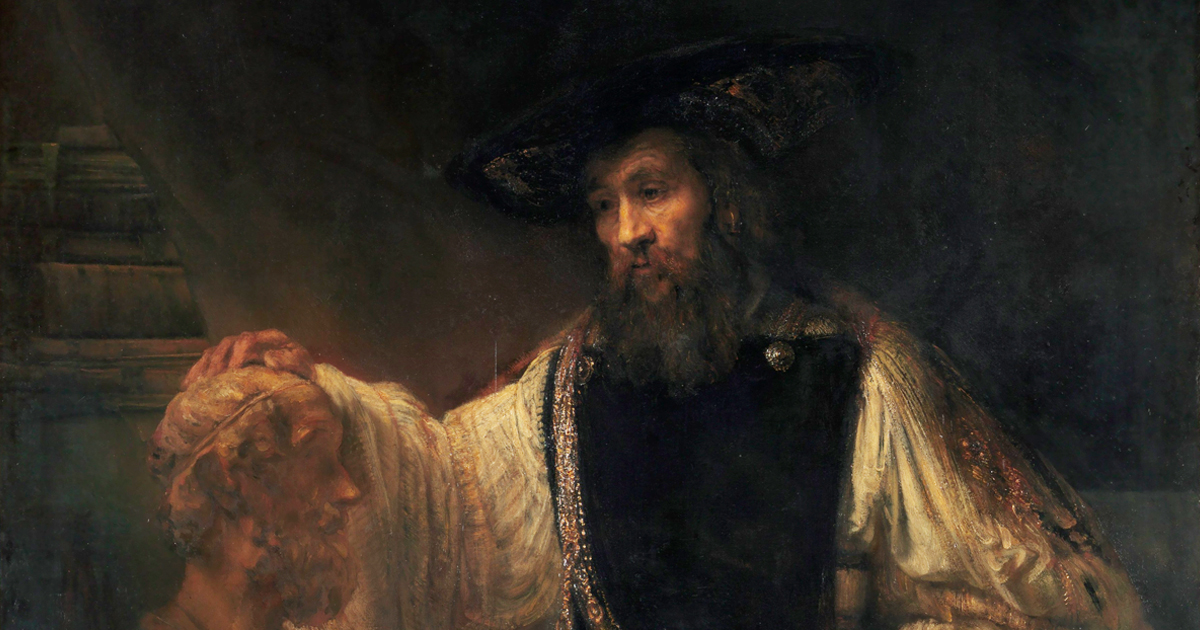Mulan's story has captured the hearts of people around the world—however, there has been some controversy regarding its origins. The legend speaks of a young woman who poses as a man to take the place of her sick father in the army. Though it is rooted in Chinese tradition, it has long been the subject of much debate over the varied interpretations of the tale given throughout the years.
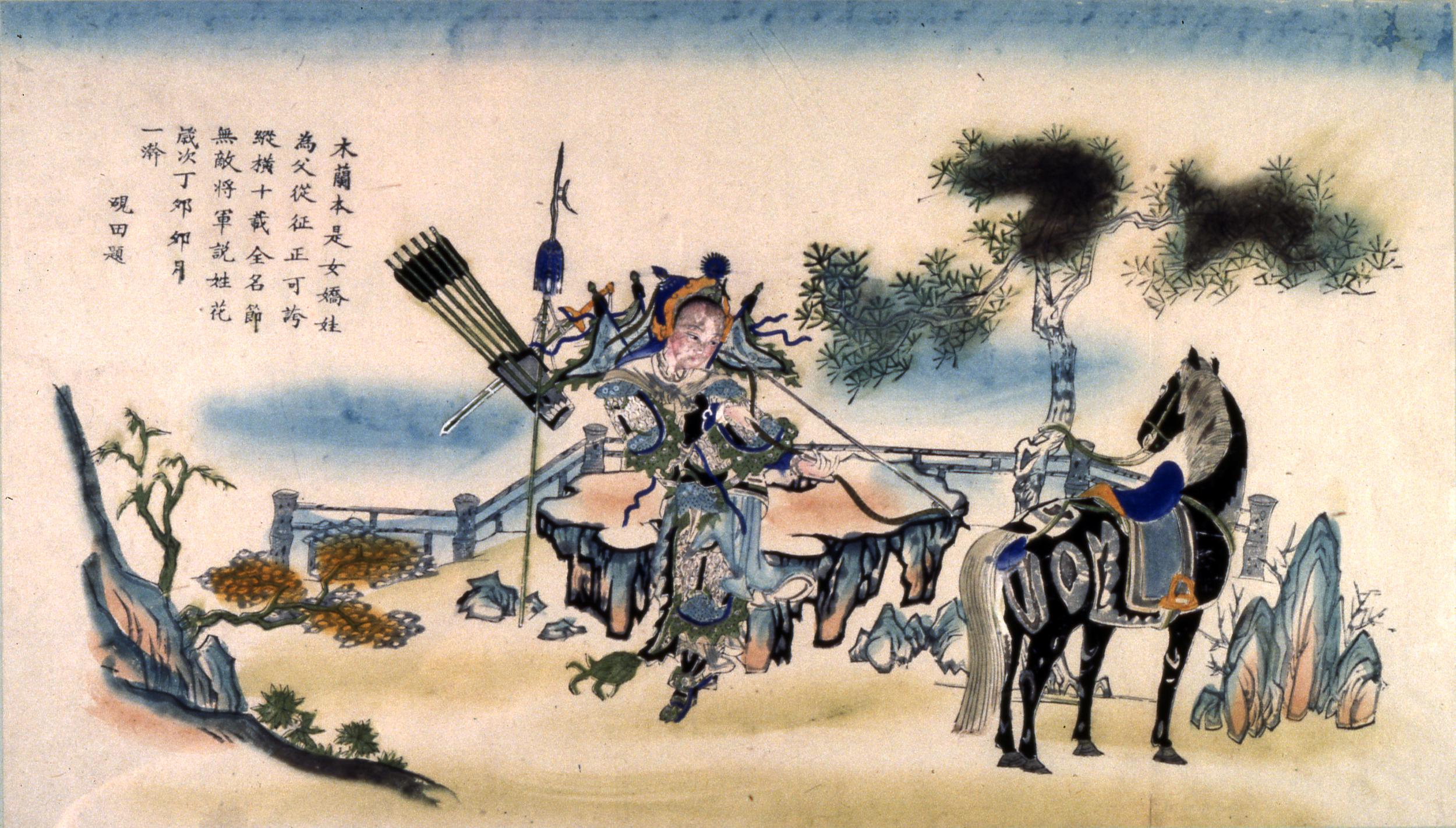 Trustees of the British Museum
Trustees of the British Museum
Was Mulan a real person?
One widely accepted theory holds that Mulan was a real person in the past. While the story is frequently regarded as simply a legend, some historians believe that the character may have been based on a real person who lived in the Northern and Southern Dynasties of ancient China (420–589 AD).
Skeptics, however, are not convinced due to the theory's lack of hard historical evidence. Though there are old writings that vaguely describe a female warrior who very closely resembles Mulan, there are no confirmed archaeological findings to support her physical existence.
Perhaps the closest piece of evidence that could be related to Mulan is the skeletons of two "warrior women" discovered in Northern Mongolia back in 2020. The graves date back to the fourth and fifth centuries, which were a period that saw much political unrest in Mulan's supposed region. Some researchers believe that these warrior women could have been the inspiration behind the legend, though this is not confirmed.
Differentiating historical facts from embellished narratives that have been spun throughout the ages into folklore is one of the main challenges preventing historians from arriving at the truth behind Mulan's origin story.
Defying societal standards
The cultural symbolism found in Mulan's story is the focus of another theory. Some argue that Mulan defies conventional gender norms in Chinese society by upholding Confucian values. Mulan is a perfect example of bravery, loyalty, and filial piety because she voluntarily assumed the duties of a soldier to honor and defend her family. This theory explores how Mulan's actions may have either reflected or undermined traditional standards, taking into account the broader social and cultural backdrop of the time.
Another related notion is that Mulan was a feminist icon. She is often regarded in modern retellings of the legend as a symbol of female empowerment, which has led to mixed perspectives among academics. Critics point out that it is difficult to transform a figure from traditional Chinese mythology, which is typically not so feminist, into a representative contemporary feminism. Some say that in order to fully understand Mulan's story, one must consider it within the context of its historical setting, recognizing the character's autonomy without imposing outdated viewpoints.
The Disney debate
Another notable point to consider is that the mythology was largely popularized by Disney's animated picture "Mulan" (1998), which sparked discussions about cultural appropriation versus representation. While the film is enjoyable, certain academics contend that Disney's adaptation may have compromised the story's cultural authenticity in order to appeal to a Western audience. This idea raises issues concerning the preservation of authenticity during the translation process, as well as the challenges involved in transforming a culturally-rich narrative into one that is accessible to all.
Nevertheless, the legend of Mulan endures and continues to evolve over time. Whether assessing Mulan as a historical person, a cultural figure, a feminist icon, or simply a pop culture sensation, her lasting appeal comes from her story's ability to provoke reflection on ideas that cut over both cultural and temporal lines. Theories about Mulan are as dynamic as the legend itself, but this ensures that her extraordinary legacy will captivate audiences for years to come.

